Keeping Your Learners’ Attention: How Our Brain Decides What to Focus On
Learnkit
FEBRUARY 22, 2016
These thoughts can be true for some, but if elearning is presented effectively, with the learner’s attention span in mind, we can see a shift in this ideology. To curb learners from being distracted, elearning needs to be designed to grasp the learner’s attention. Multitasking doesn’t exist.







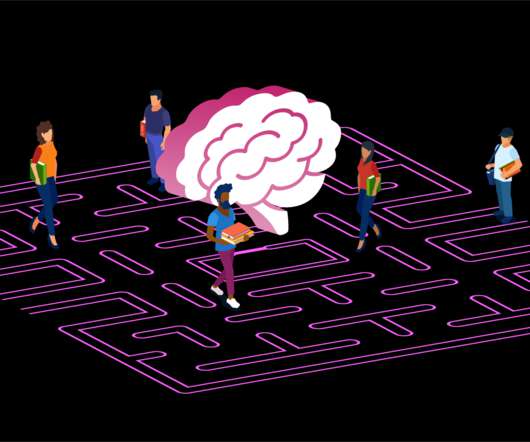
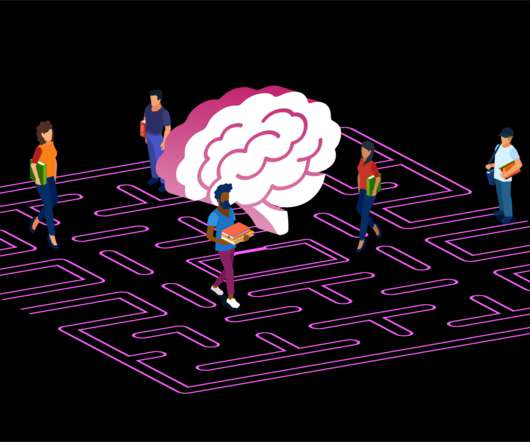





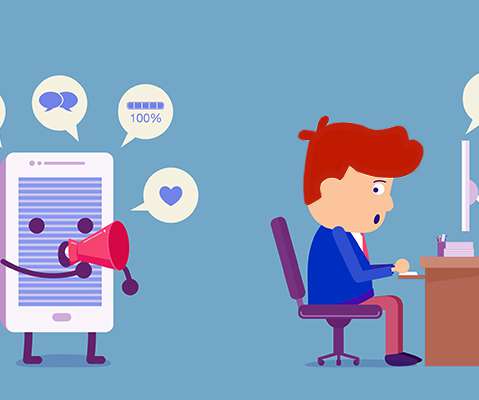



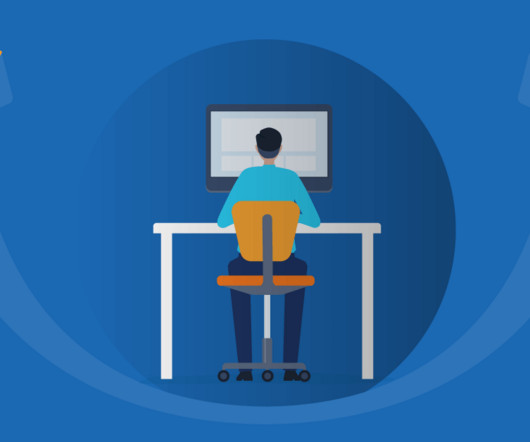

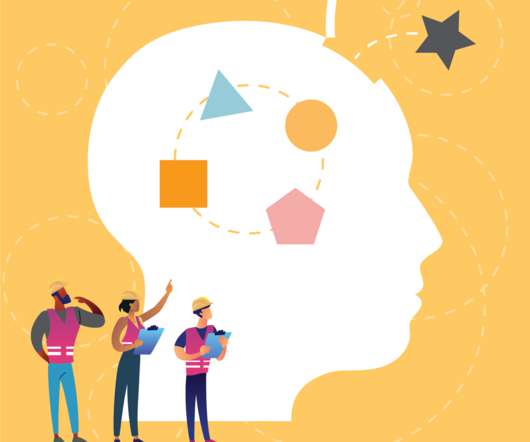
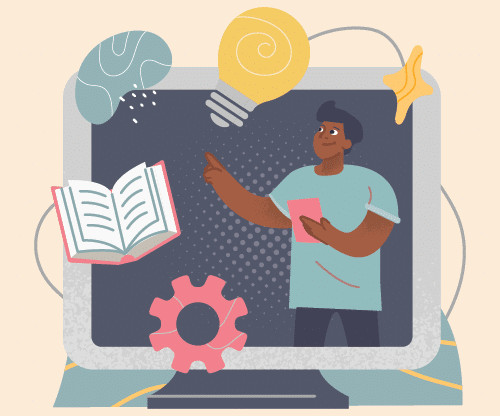

















Let's personalize your content